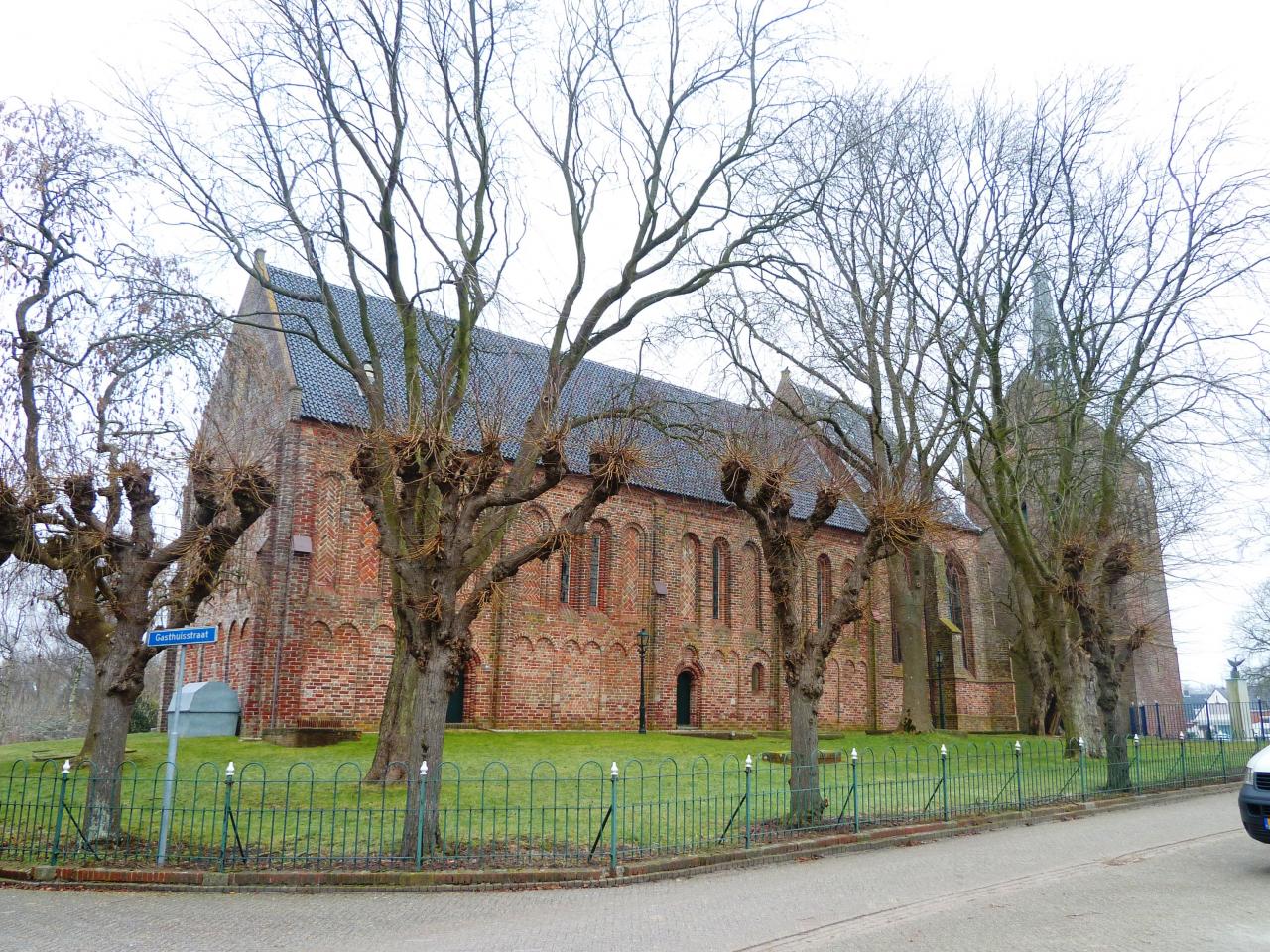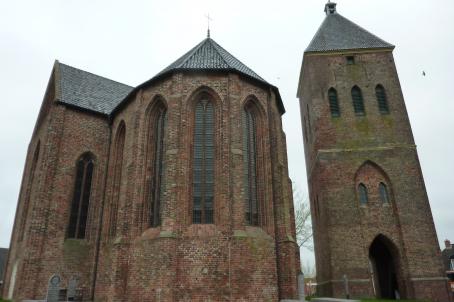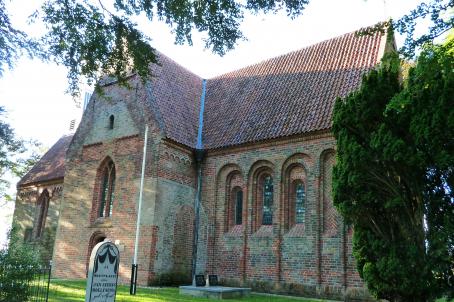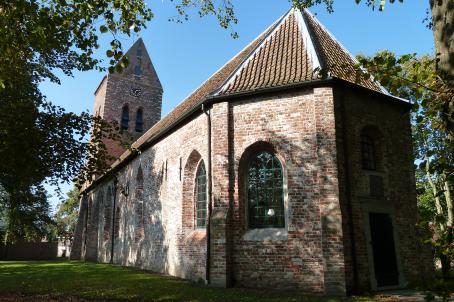Maria Church
The St. Mary's Church is a fine example of a late Romanesque building. The oldest part dates from the second half of the 13th century.
About this building
The high gothic choir is from the 15th century and the upper windows were adjusted in the same time. Both exterior and interior are special with upper and lower zones, decorative niches and savings fields. The interior is covered with dome vaults. A piscina and sacramental knowledge can be seen in the choir.
Particularly beautiful are the 13th and 16th century wall paintings with biblical figures and scenes. Right next to the St. Mary's Church is the 13th century detached saddle roof tower with a pointed ridge turret from the 17th century. The loud bells in the tower are from 1501 (Geert van Wou) and 1693 (G. Schimmel). The organ was built in 1662, probably by the Huis brothers. In 1907 the organ was renewed by Doornbos and adapted to the taste of the time, while in 1989-1990 the organ was restored to its original condition.






